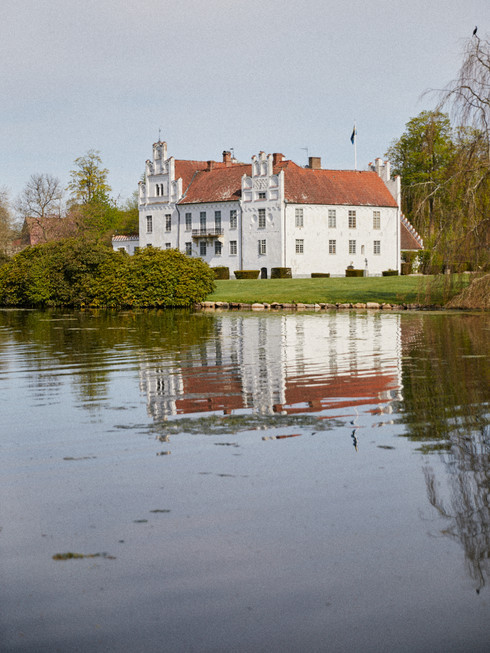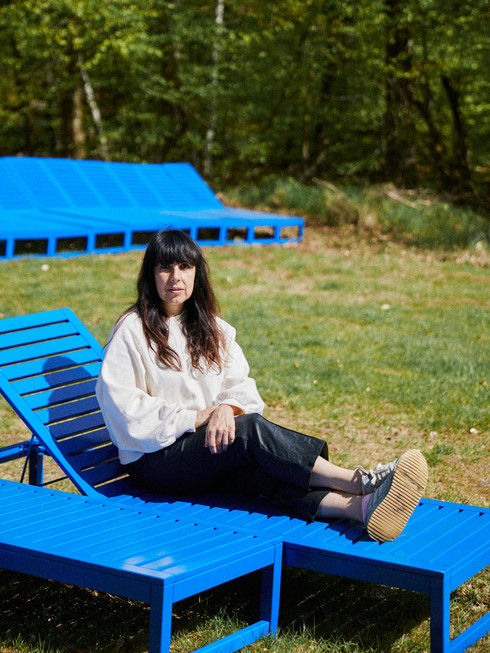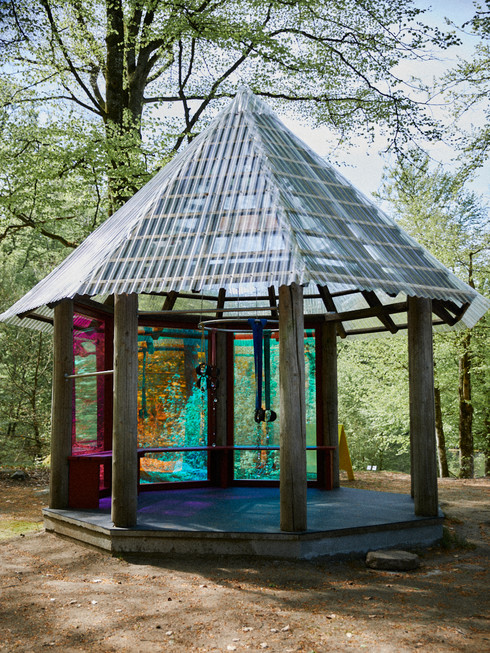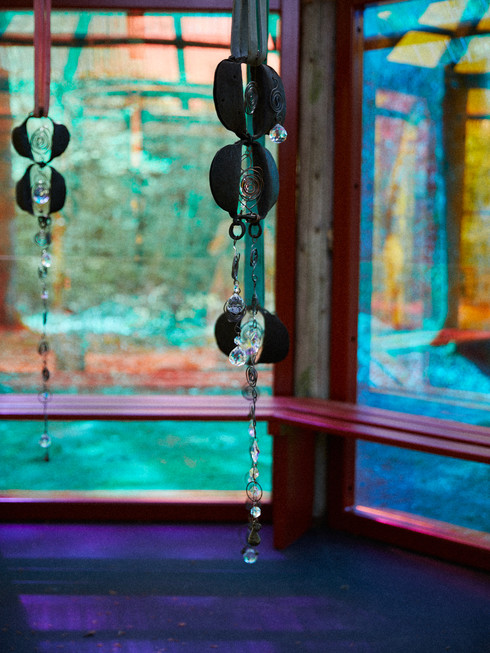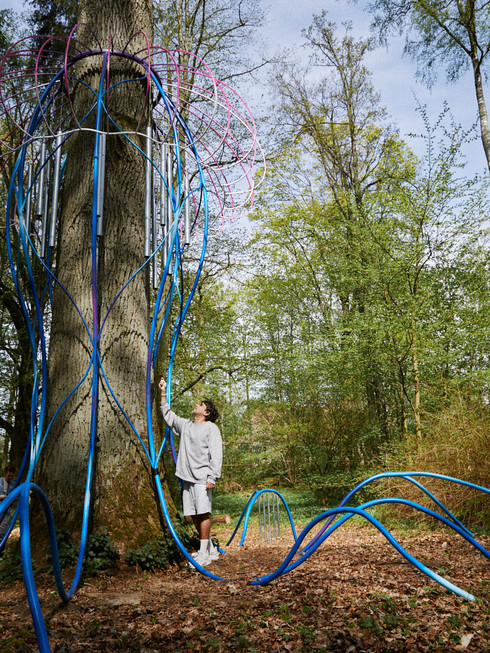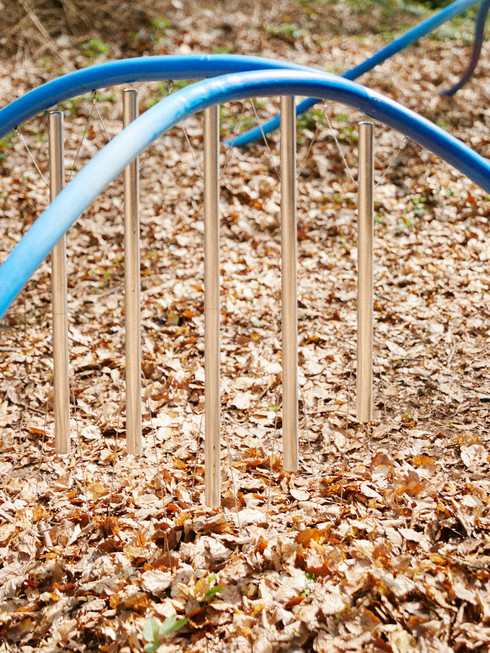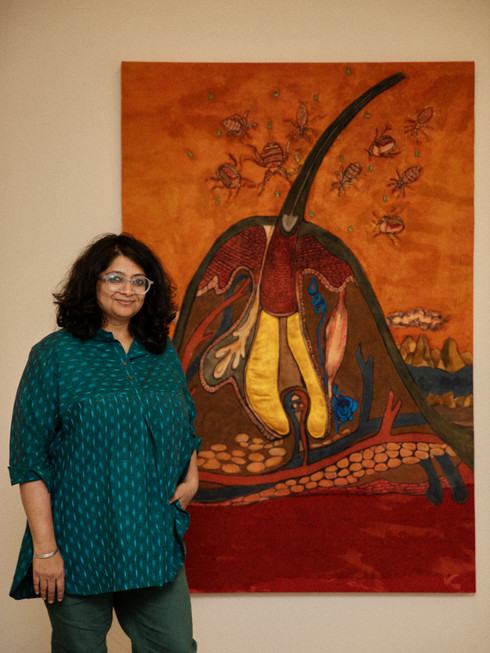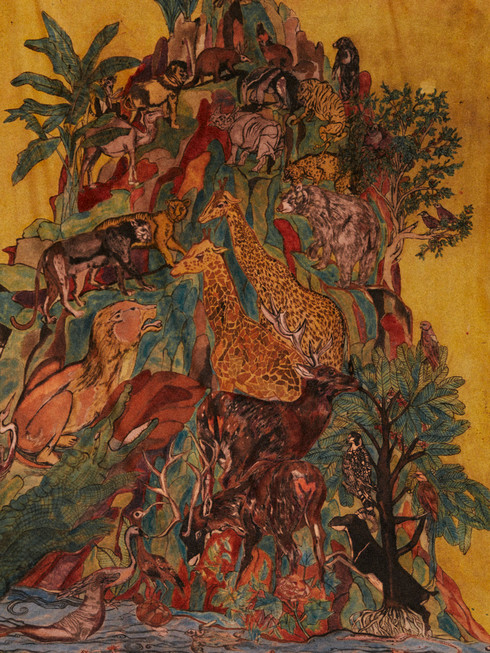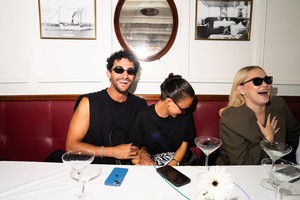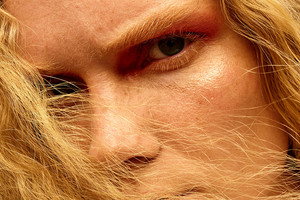The Ocean in the Forest – A Daring Exhibition at Wanås Sculpture Park
Written by Natalia MunteanLocated in the Österlen region of Sweden, Wanås Sculpture Park has long been celebrated as a space where art and nature merge. This year, the park welcomes the creations of four artists under the umbrella of a daring and thought-provoking exhibition. Titled The Ocean in the Forest, the exhibition gathers works by Lavanya Mani, Youmna Chlala, Evan Ifekoya, and Eduardo Navarro.
Through their immersive works, the artists inspire visitors to explore collective power, fantasy, and whimsy through stories and healing sounds. By juxtaposing the vastness of the ocean with the intimacy of the forest, they transform Wanås Sculpture Park into a playground where the boundaries between land and sea, reality and imagination are blurred.
The Ocean in the Forest is on display until November 4 th , 2024.
This Feeling, Oceanic by Youmna Chlala (Lebanon)
“The colour changes depending on the surroundings and depending on from where you observe it,” says Youmna Chlala about “This Feeling, Oceanic”, her part of the group exhibition. The Lebanese-American artist digs into her well of personal memories and weaves them with historical events in order to reflect on her relationship to the forest and the ocean, which she sees as a portal connecting us to an ancient past and a future where anything could be possible. Beirut, the ever- moving blue horizon line and forests that live under the sea are all intertwined in the narrative, site-specific art installation, where sun lounge chairs create a drawing in the landscape. Through her installation, the artist invites us to sit, listen and try to paint the future with our imagination.
Apo Ifa for the High Heart and Warrior Spirit by Evan Ifekoya (Nigeria)
Sound, stillness, scents, and intentional space are used by Evan Ifekoya to delve into embodiment through ancestral and intuitive wisdom. In a similar way to the earth's surface, humans are predominantly water, and the artist believes that ocean waves symbolize the wisdom we possess within our emotions. At Wanås, the Nigerian-born and London-based artist has transformed a historical private “tea pavilion” and the rhododendron passage leading up to it into a ceremonial space. By making architectural adjustments and incorporating a diverse soundscape including rattles, ocean waves and guided narration, the artist has created an immersive environment that affects the body’s vibration frequencies, encouraging exertion, stillness, and presence. For Ifekoya, the Apo Ifa embodies the necessary tools for “holding space” by transforming environments to encourage people to arrive—to be present emotionally, mentally, and physically.
I found a Forest at the Bottom of the Ocean by Eduardo Navarro (Argentina)
An iridescent jellyfish enveloping a large old tree is Eduardo Navarro’s manner of exploring how non-human beings interact and feel in the world and the artist’s contribution to the forest at Wanås. With an evolutionary history dating back 500 million years, jellyfish are not only 95% water, but they are also one of the oldest creatures to roam the earth. This fact has intrigued the Argentinian artist, who
imagines jellyfish to exist outside of evolutionary time, in complete harmony with the forest, while also emphasizing that we humans have also evolved from fish-like beings.Visitors to the forest are invited to play the chimes attached to the creature's tentacles in an improvisational manner, which transforms the jellyfish's elastic movement into harmonic waves of sound. This creates a sense of unity with the forest, ocean, oneself, and all other living beings, both human and non-human.
Fables by Lavanya Mani (India)
Titled Fables, Lavanya Mani’s piece for the group exhibition puzzle offers a reinterpretation of a famous painting by Miskin, a court painter during the Mughal Empire in 17th-century India. The Ark: Animals of the World Complain to the Raven (after Miskin) represents a modern version of Noah’s Ark, where birds, animals and plants gather without humans. Created specifically for this exhibition, Mani’s work allows for the wind, clouds and animals to take centre stage, connecting historical apocalyptic visions with modern concerns about climate change and protecting all life forms. Born and based in India, Mani turns to the mythological and historical when it comes to inspiration for her art, drawing from ancient Indian fables, Medieval manuscripts or biblical accounts. Using traditional craft techniques, Mani uses natural pigments in her work, obtaining those from turmeric, madder root or pomegranate peel. Her works explore how stories, visual culture, and goods, such as spices, dyes, textiles, and diseases, travelled through colonial trade routes, influencing the economics of imperialism in India.

